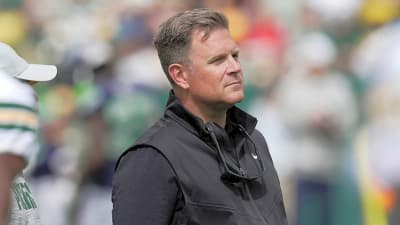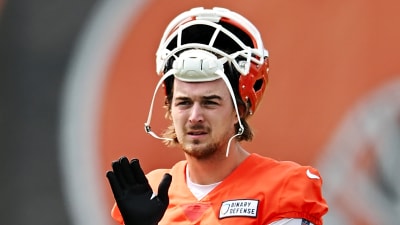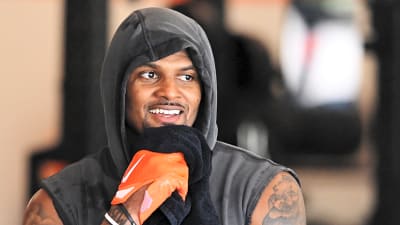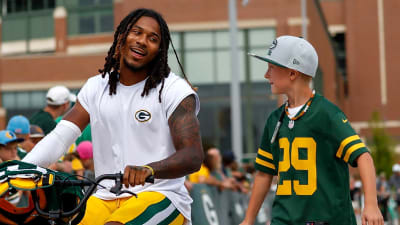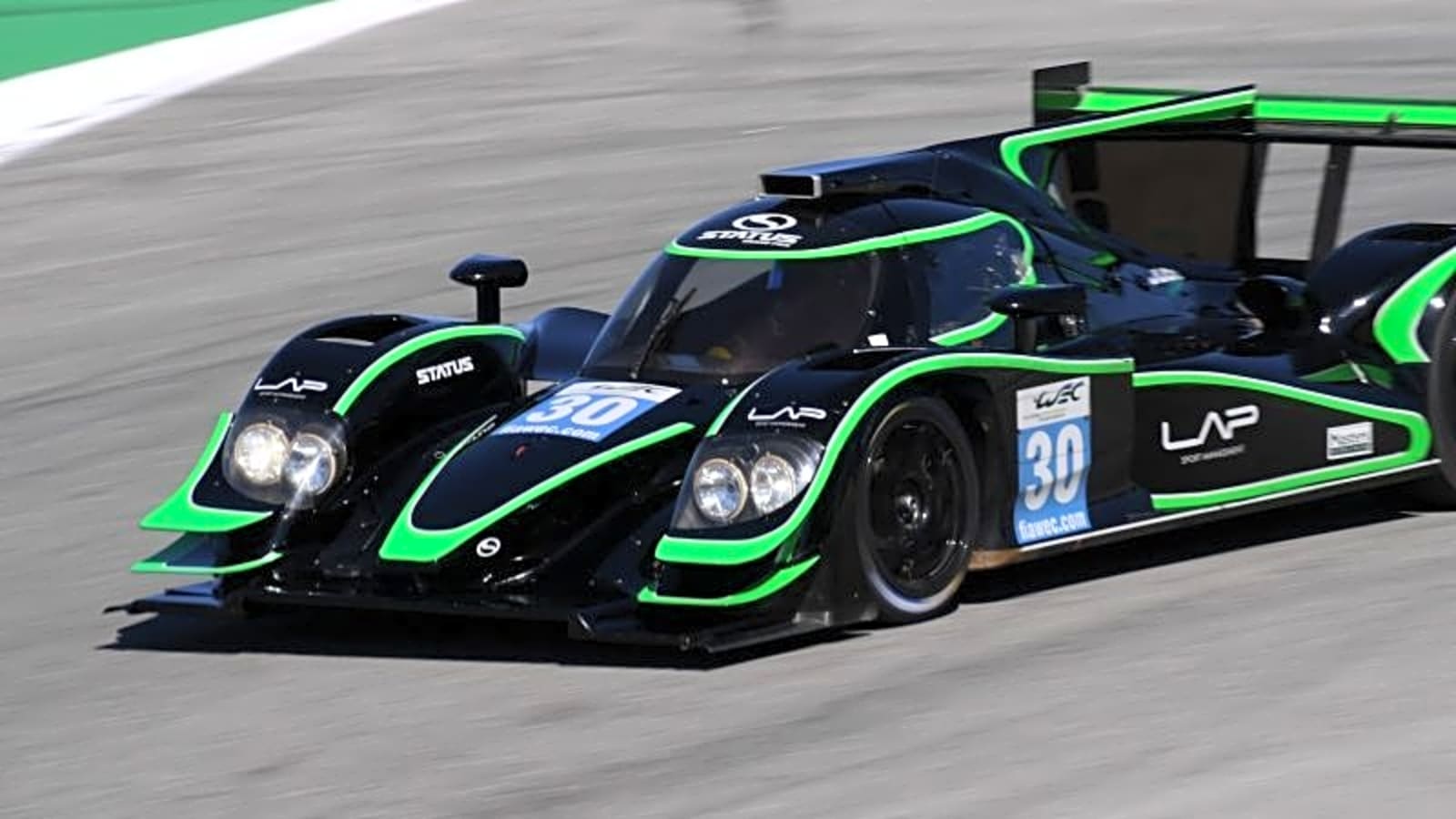
Look who decided to throw themselves a little birthday party at WeatherTech Raceway Laguna Seca, the Rolex Monterey. Formula 1, that glamorous circus of speed and politics, turned 75 this year, and what better way to celebrate? From August 13 to 16, the hallowed grounds of Laguna Seca transformed into something resembling a motorsport museum that actually came alive.
The Golden Era Returns to Life
The Rolex Monterey festivities weren’t just about pretty cars sitting in static displays (though there were plenty of those too). These weren’t your average Sunday cruise machines gathering dust. We’re talking about 12-cylinder-powered beasts from Tyrrell, Williams, Ferrari, Lotus, and Brabham – the kind of cars that made grown men cry just from the sound alone.
But here’s where it gets interesting. While modern F1 has become a sterile, over-regulated parade of hybrid efficiency, these vintage machines reminded everyone what racing used to be about: pure, unadulterated speed with a healthy side of danger. No power steering, no traction control, no computer telling the driver when to breathe. Just man, machine, and the very real possibility of things going spectacularly wrong.
More Than Just Pretty Metal on Display
The Rolex Monterey organizers didn’t stop at racing cars. Oh no, that would be too simple. They assembled an exhibition of more than 30 rarely seen historic F1 cars from museums and private collections – the kind of gathering that makes collectors’ hearts race faster than the cars themselves. Formula 1’s Chief Commercial Officer, Emily Prazer, gushed about the event being “a fitting commemoration of 75 incredible years.”
Breaking Barriers Before the Main Event
Before the Rolex Monterey main festivities kicked off, the Monterey Pre-Reunion delivered its own slice of history. Christine Sloss became the first female winner of the Corkscrew Hillclimb. Not only that, but she also set a new record of 29.535 seconds in her Ferrari SF90 XX Spider. Sloss’s groundbreaking run added some much-needed diversity to this event.
The Jenson Button Show
Former F1 World Champion Jenson Button, now a Rolex Testimonee because apparently winning a championship qualifies you to sell watches, served as Grand Marshal and took to the track in a 1996 Alfa Romeo Giulia Sprint GT. Button reflected on celebrating “the heritage of the sport I care so deeply about,” which is corporate speak for “I’m getting paid to be here and the car is pretty.”
To his credit, Button actually knows how to drive these things, unlike some celebrity ambassadors who struggle with automatic transmissions. His presence added legitimate racing credibility to an event that could have easily devolved into a rich person’s car show with delusions of grandeur.
More Than Just a Weekend of Speed
The Rolex Monterey experience extended beyond just watching expensive metal go in circles. WeatherTech Raceway Laguna Seca president and general manager Mel Harder called it “a once-in-a-lifetime experience,” which is marketing speak for “we’re charging premium prices because we can.”
The Rolex Monterey event featured world-class hospitality, gourmet fare, and family-friendly activities. Because nothing says “family fun” like watching cars worth more than most people’s houses risk mechanical death at every corner. Demonstration runs, including the fan-favorite “Rexy” AO Racing Porsche.
The Bigger Picture Of Rolex Monterey
Strip away the corporate sponsorship and polished PR statements, and the Rolex Monterey Motorsports Reunion represents something genuinely important. A tangible connection to racing’s raw, unfiltered past. These are the actual machines that defined motorsport’s golden era, complete with their original imperfections and dangerous charm.
Modern F1 may have evolved into a technological marvel of efficiency and safety, but events like this remind us what we’ve lost in the process. The sound, the smell, the visceral connection between driver and machine are elements that no amount of hybrid technology can replicate.
More must-reads:
- Why Jets GM still believes QB Justin Fields can revive career
- Giants unlikely to call up top prospect this year
- The 'Most 1,000-rushing yard NFL seasons' quiz
Breaking News
Trending News
Customize Your Newsletter
 +
+
Get the latest news and rumors, customized to your favorite sports and teams. Emailed daily. Always free!
